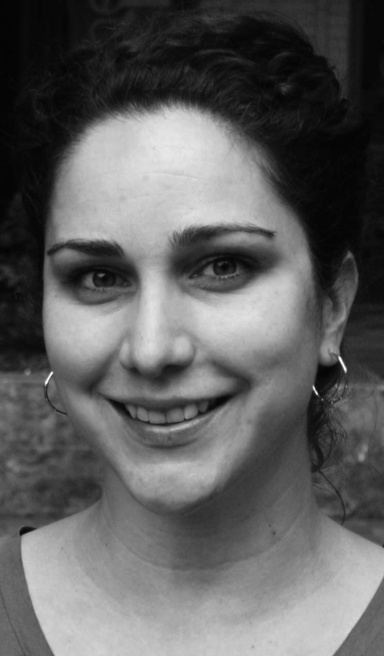Susan McKernan’s exploration dentist shortages in Iowa did not stop with dentist-to-population ratios, like many other studies.

McKernan, a postdoctoral research fellow in the College of Dentistry at The University of Iowa, took her research a couple of steps further, studying not only local demand for dental care, but also whether local residents could support a dentist.
Examining Iowa’s 99 counties using 2007 data, McKernan discovered nine significant predictors of dentist supply: county age dependency ratio, population density, population with a college education, population without health insurance, non-white population, retail sales per capita, physicians and pharmacists per 10,000 residents, and population receiving optimally fluoridated water.
These nine predictors revealed that populations without health insurance, non-white populations, and pharmacists are the variables that most accurately predict county dentist supply.
"We found that dentists were related to the number of pharmacists in a county,” said McKernan, who also works in the UI’s Public Policy Center. “We think that’s because dentists and pharmacists have similar practice patterns. A higher non-white population was related to high dentist levels. That might be related to the fact that, in Iowa, more minorities are in urban areas. This could be related to urbanization in a county.”
McKernan is hopeful that the positive correlation between dentist/pharmacist supply and non-white population and the negative correlation between dentist/pharmacist supply and the lack of health insurance will provide workforce analysts with new avenues for future research. McKernan’s research was partially funded by Delta Dental of Iowa.
McKernan won the L.B. Sims Outstanding Master’s Thesis Award last March for her thesis Modeling State Dentist Workforce Using County-Level Population Data. “This research will make a significant contribution to the dental literature, especially as the profession is grappling with how to address a perceived shortage of dentists,” said Raymond Kuthy, McKernan’s mentor and professor of Preventive and Community Dentistry at the UI.
McKernan, who had originally planned to become a practicing dentist, graduated from dental school at the University of Florida and began work as a dentist in a clinic in Tampa, FL. However, she quickly found a new, but related, passion. “I decided to go back to school in dental public health. I came to Iowa and started my master’s degree,” McKernan said. “I realized that I loved research a lot and to go into academics or to work for the government, a Ph.D. degree helps.”
Postdoctoral training normally follows completion of a Ph.D., but in McKernan’s case, professional training in dentistry has allowed her to conduct her Ph.D. research while also completing her postdoctoral studies. She plans to finish her Ph.D. in oral sciences in the next 12-18 months.